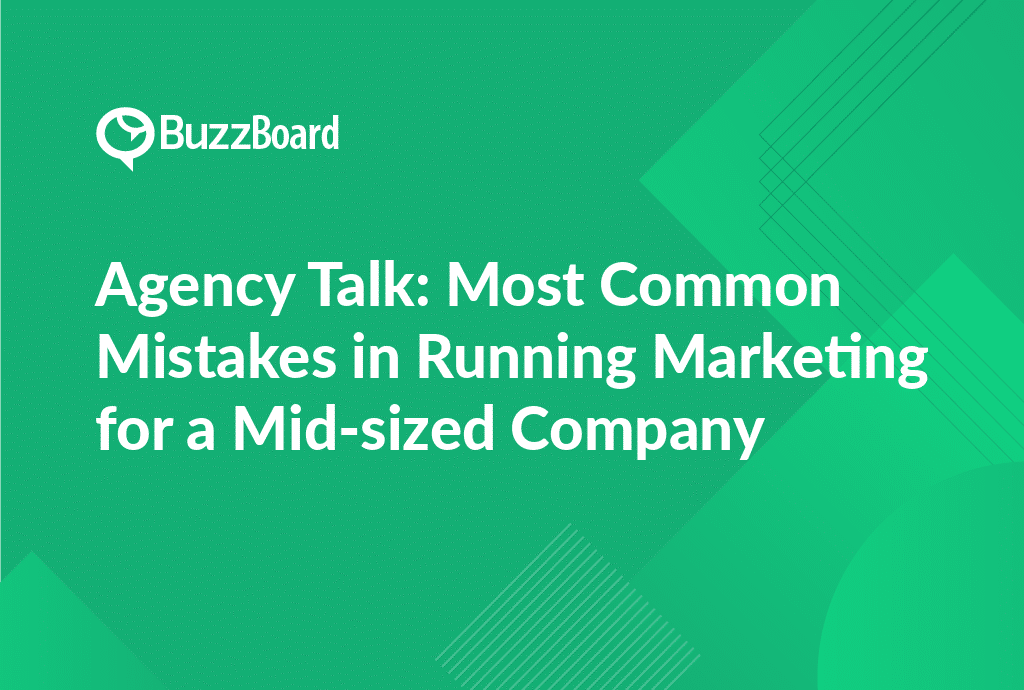Examining Metrics and Best Practices for Assessing Social Media ROI for Clients of Mid-Sized Companies
As sales representatives at digital marketing agencies, accurately measuring social media ROI for your mid-sized companies’ clients is a key responsibility. To do so, a firm grasp on certain metrics and best practices is essential.
The process of quantifying social media ROI hinges on key indicators such as likes, shares, comments, followers, click-through rates (CTR), and conversion rates. These variables are directly connected to your client’s sales impact and overall business performance.
In the analysis of social media ROI, the ‘Lift’ method is often recommended. This technique identifies the proportional increase in overall sales or desired outcomes directly attributable to your social media marketing strategies.
There are numerous best practices for gauging social media ROI. These encompass setting distinct, measurable goals, accurately monitoring all social media activities, and leveraging analytics tools to assess the effectiveness of your campaigns.
It’s crucial to juxtapose your client’s social media performance with their sales results. For instance, if your client’s social media engagement is escalating, but their sales are dwindling, it indicates that your social media strategy may not be targeting the appropriate audience or generating high-quality leads.
In conclusion, understanding the methodology of measuring social media ROI for mid-sized companies is pivotal. Utilizing the correct techniques and practices ensures your digital marketing strategies produce the desired business outcomes for your clients.
The Impact of Social Media on Sales and How to Accurately Measure It for Mid-Sized Firms
The influence of social media on sales is unequivocal, especially for mid-sized businesses aiming to communicate with their customers and foster leads. Social media forums offer affordable methods for these enterprises to interact with demographics they may not otherwise reach through conventional marketing strategies. However, discerning the return on investment (ROI) from these endeavors can be complex.
Accurate measurement of social media ROI for medium-sized firms requires designing a precise strategy, implementing effective metrics, and conducting ROI analysis.
Central to this strategy is the comprehension of the specific objectives your customers wish to achieve through social media. Are they looking to drive website traffic, amplify brand recognition, foster leads, or convert sales? This insight lends shape to your social media campaigns and the metrics you apply to assess their success.
Assessing social media ROI is more than just number crunching or counting likes and shares. Also essential is examining the sales influence concerning significant engagements, consumer sentiment, and customer loyalty. Google Analytics and the built-in analytic tools available on social media platforms can aid in measuring this ROI.
Effective techniques for social media ROI review comprise setting quantifiable goals, tracking conversions and engagement, and scrutinizing the customer journey from social media engagement to final sale.
In summary, social media can profoundly influence sales for your mid-sized clientele when harnessed correctly. Evaluations of social media ROI should delve beyond superficial statistics and consider broader ramifications and influences on consumer habits.
A Step-by-Step Guide to Executing ROI Measurement for Social Media Campaigns Within Mid-Sized Companies
Understanding the best ways to measure social media ROI for your mid-sized company clients is integral to proving the sales impact of your campaigns.
First, clearly define your social media campaign objectives as measurable, such as lead generation or brand impressions. This sets a foundation for all other steps.
Next, identify the metrics that correspond to these specific goals. This is crucial for accurate ROI measurement. For instance, if your goal is increasing brand awareness, key metrics to monitor could include impressions and reach. If your goal is lead generation, monitor engagement rate, click-through rates, and conversions.
Once the relevant metrics are identified, use a reliable tool to track and collect data. There are several social media analytics tools available for this purpose, such as Facebook Analytics or Google Analytics.
After collecting the data, calculate your ROI using the formula [profit generated – campaign cost] / campaign cost * 100. This aids in ROI analysis and gauging the efficiency of your strategy.
Remember that all companies have unique goals and financial processes, so what works best for one might not apply to another. It’s vital to tailor your ROI calculation method to each unique client.
Lastly, analyzing social media ROI isn’t a one-time activity. Regular performance, say quarterly or monthly, is necessary to monitor trends, make improvements, and capture the full sales impact.
Your success in digital marketing involves meticulous ROI measurement, continual effort, and adaptable strategies. So, if you’re prepared to boost your mid-sized company sales, delve deep into ROI analysis and begin developing a robust strategy tailored to your unique needs.
ROI Analysis Methods for Social Media Campaigns—A Unique Challenge for Mid-Sized Companies
Running effective social media campaigns is crucial for growing mid-sized companies. However, determining the financial return on these initiatives can be taxing and calls for a strategic approach to measure Social Media Return on Investment (ROI) for clients—a task that can be particularly complex given the unique elements of mid-sized company sales.
The first step to a comprehensive ROI measurement involves setting clear campaign goals at the outset, understanding the sales impact, and using best practices. Setting measurable goals allows for tracking progress throughout the campaign and evaluating effectiveness post-campaign. Metrics like conversions, click-through rates, and follower engagement rates can offer insight into campaign performance.
In addition to this, it’s crucial to integrate social media data with other sales and marketing data. Such integration can help identify any direct correlations between social media activities and sales impact.
Effective social media campaign analysis goes beyond numerical metrics—it should also include qualitative insights to genuinely understand the value of these initiatives. The sentiment within your community, brand awareness, and customer loyalty are all qualitative factors that can impact the ROI of social media campaigns.
Keep in mind, a successful social media campaign isn’t just about likes or shares—it’s about making a lasting and profitable impression on your audience.
Practical Tips and Best Practices for Measuring the Financial Returns on Social Media Investments for Mid-Sized Companies
Determining the financial returns on social media investments can be a challenging task for mid-sized companies. Consequently, for sales representatives handling these companies, understanding how to gauge social media Return on Investment (ROI) becomes critical. Herein, we provide some practical tips and best practices.
Before commencing any social media initiative, it’s pivotal to set distinct goals. These goals could range from creating brand awareness and bolstering customer engagement to pushing website traffic. Once you have your goals, the subsequent stage involves identifying key metrics that are reflective of your targets. Be sure to concentrate on the ones directly linked to measurable financial outcomes, such as cost-per-click, cost-per-impression, or conversion rates.
Generally, ROI analysis combines the aforementioned data points with the campaign costs. This entails calculating the total expenditure of the campaign including ad spend, design and development costs, and staff salaries, then subtracting it from the revenue directly credited to the campaign.
Remember, measuring social media ROI isn’t a one-off thing; it’s a continuous process that involves comparing metrics over time. By integrating social media ROI analysis with other marketing efforts, you can gain a holistic view. It’s essential to benchmark your results versus industry standards for mid-sized companies to interpret the data and recognize the actual value of your campaigns.
Ensure to consistently keep track of your data and continuously refine your strategies based on what’s effective and what’s not. Using tools explicitly designed for social media ROI measurement can be highly advantageous in the long haul.
As sales representatives, having a sound understanding of these best practices can help guide your mid-sized company clients toward successful social media campaigns. Bear in mind, every company’s social media ROI journey is unique. Use these tips as a starting point and tailor them to your client’s specific needs. After all, secure and profitable returns on their social media investments typically translate into profitable returns for you—an ideal win-win scenario!








